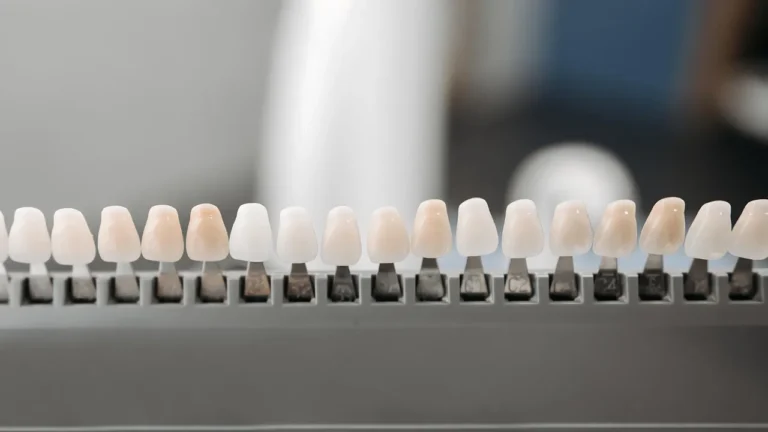Root canal treatment is often misunderstood, but it is a common procedure that can save your tooth and relieve pain.
This post provides detailed information about root canal treatment, including the signs you might need one, the procedure steps, and recovery tips.
Understanding Root Canal Treatment
Root canal treatment is a dental procedure used to treat infection at the center of a tooth (the root canal system).
The infection is caused by bacteria that live in the mouth and invade the tooth.
- Purpose: The goal is to remove the infection and protect the tooth from future microbial invasion.
- Common Misconceptions: Many people believe root canals are extremely painful. However, with modern technology and anesthesia, the procedure is no more painful than getting a filling.
Signs You Might Need a Root Canal
If you experience any of the following symptoms, you might need a root canal:
- Persistent tooth pain that doesn’t go away.
- Sensitivity to hot or cold, even after the source is removed.
- Swollen or tender gums near the painful tooth.
- Darkening of the tooth, indicating possible nerve damage.
- Pimples on the gums, which can be a sign of an abscess.
Consultation and Diagnosis
- Initial Dental Examination: Your dentist will examine your tooth and take X-rays to determine the extent of the infection.
- Expert Insight: “I spoke to Dr. Sibusiso Mokoena from MAC Dental Studio, who mentioned that early diagnosis and treatment are key to preventing complications.”
Preparing for the Procedure
- Anesthesia: Local anesthesia is applied to numb the area around the infected tooth.
- Preparation Steps: You may be advised to avoid eating immediately before the procedure and to have someone accompany you if you’re receiving sedation.
Step-by-Step Procedure
- Numbing the Area: Your dentist will numb the tooth and surrounding gums.
- Creating an Access Hole: An opening is made in the crown of the tooth to access the pulp chamber.
- Cleaning and Shaping the Canal: The infected pulp is removed, and the inside of the tooth is cleaned and shaped.
- Filling and Sealing the Canal: The cleaned canals are filled with a biocompatible material and sealed.
- Placing a Crown: If necessary, a crown is placed on the tooth to restore its strength and function.
Tips for a Smooth Recovery
- Avoid chewing on the treated tooth until it’s fully restored.
- Maintain good oral hygiene by brushing and flossing regularly.
- Attend follow-up appointments to monitor the healing process.
Long-Term Care
The treated tooth can last a lifetime with proper care, which includes regular dental check-ups and cleanings.
References
- South African Dental Association
- Health24 Dental Care
- Interview with Dr. Berneleigh Machikicho, MAC Dental Studio









